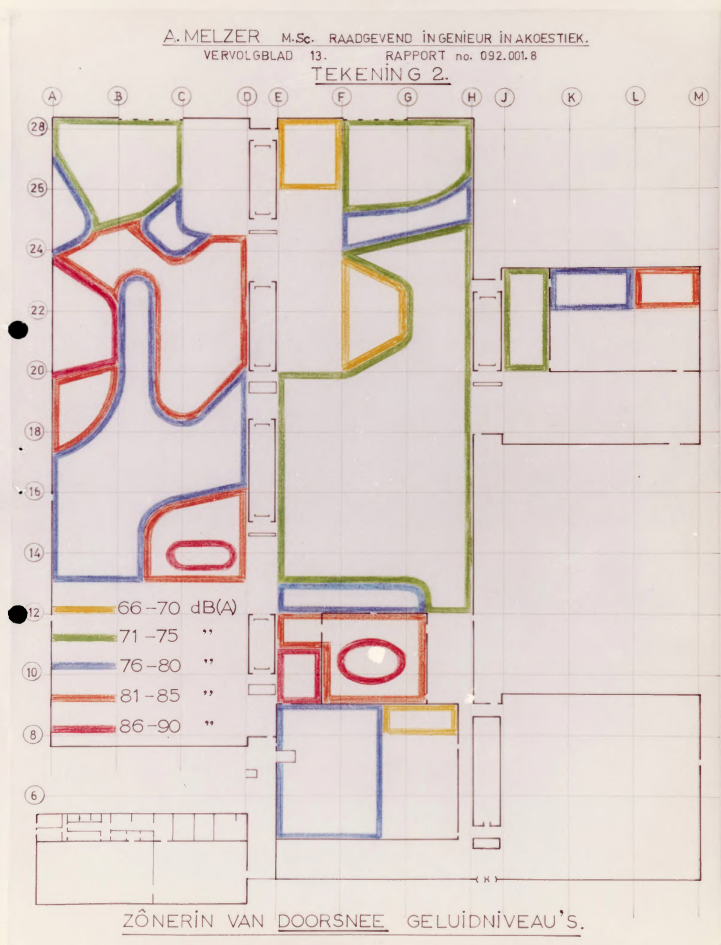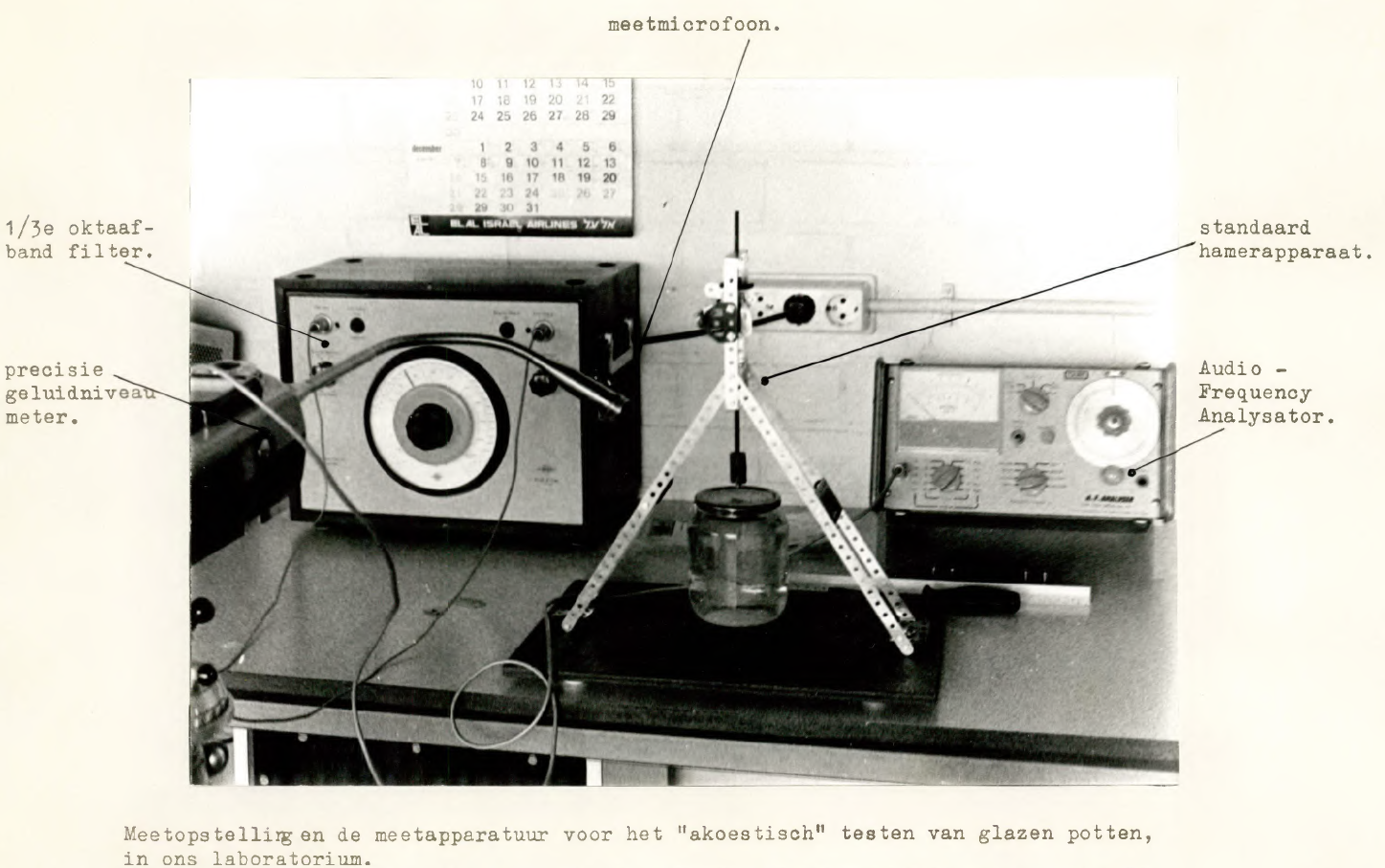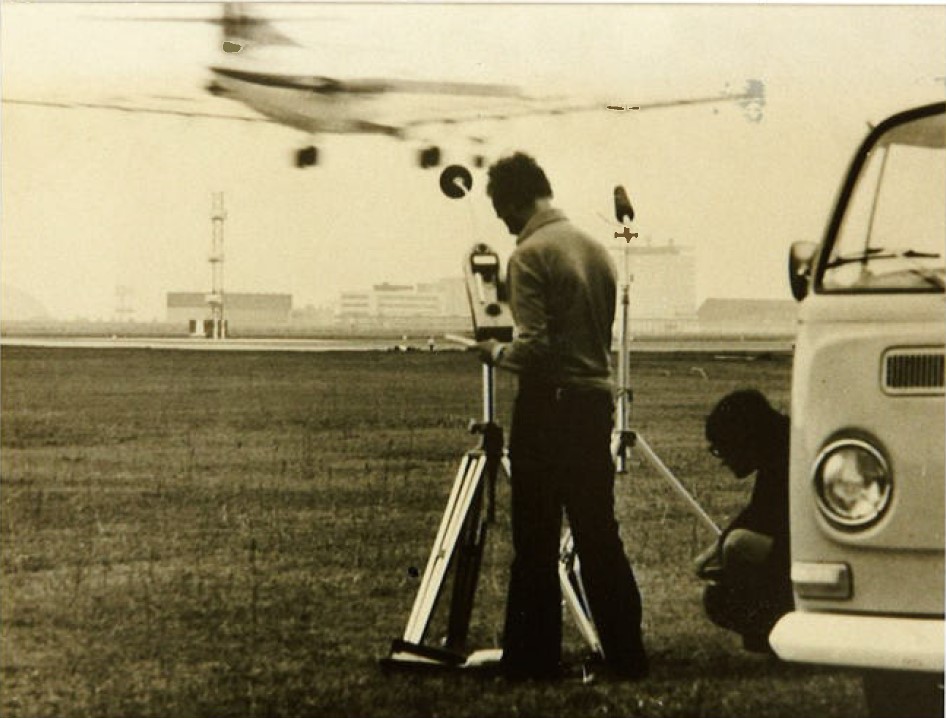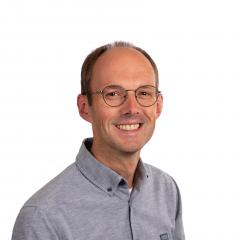
Addictive: Browsing the Archives of M+P
Thousands of reports on one USB stick: looking back at how colleagues worked decades ago has never been easier. ‘You can see connections to our present day all the time; it's addictive’, notes director Jan Hooghwerff.
When you think of an archive, you quickly think of rows of file cabinets gathering dust. At the M+P archive, it was not much different. The 7,300 paper reports on noise surveys we had collected in the basement under our office were rarely opened. Still, we didn't want to throw away all those great results of years of diligent work. So we had everything digitised as searchable PDFs. Our 50th anniversary was a great occasion for director Jan Hooghwerff to have a good browse through the reports. ‘It’s great, you feel like you're reconnecting with old colleagues.’
Grand Prix 1973
The links to the present make such an archive especially interesting, Jan concludes. Others around him also responded enthusiastically. ‘During my presentations on road traffic noise studies, for example, I showed pictures of a similar project from 1972. People then came to me to speak about that story later. And when some colleagues went to the Grand Prix at Zandvoort, I sent them a report from 1973, when we took our own measurements of the sound of Formula 1 races there. That was a great gift; they were very excited about that.’
Drawings coloured by hand
Our work has mostly remained the same all this time. Empathise with the client's problem, propose a study, then develop the results and present them clearly. Jan: ‘Even back then, we were looking for creative ways to make the complex results easily narrated and understandable. You can see this, for example, in a 1968 report on noise levels at an IBM factory in Amsterdam. These include drawings of the factory hall in which different noise level zones have been marked and coloured in by hand. Isn't that amazing?’
Test method by meccano
Another characteristic of M+P is its inventiveness in experimenting with self-built test set-ups. A good example is a method we developed in 1970 to test, using sound, whether glass canning jars are vacuum-sealed properly. Jan: ‘When you tap on a leaky jar, it sounds slightly different. This is well reflected in the measurement graphs. So for the test, a kind of hammer device was built from Meccano that taps the lids in the same way every time. What a great idea!.’

Aviation Survey: earlier than expected
‘Even topics that seem new now have turned out to be in the archives for years. Recently, for example, we have been more concerned with aviation, but photos from the archive show that colleagues were already taking measurements along the Buitenveldertbaan runway in 1972. For several schools in the area, we have conducted studies on noise pollution from low-flying aircraft during class. It was an unexpected discovery: even the colleagues involved at the time had to dig deep into their memories before they remembered that.’

